Kiwi Ears x Z Reviews Serene – The Planar That Forgot to Be “Serene”
*Scales really well.
*Powerful, deep, and textured bass that still retains speed and control.
*Smooth and natural sounding midrange with lifelike vocals and good instrument presence.
*Treble is relaxed and fatigue-free easy to listen to for long sessions.
*Excellent external ambient sound isolation.
Cons:
*Requires a powerful amplifier/DAC to really shine; under-powered sources don’t let it show its best.
*the cups could be a little larger. (nitpick)
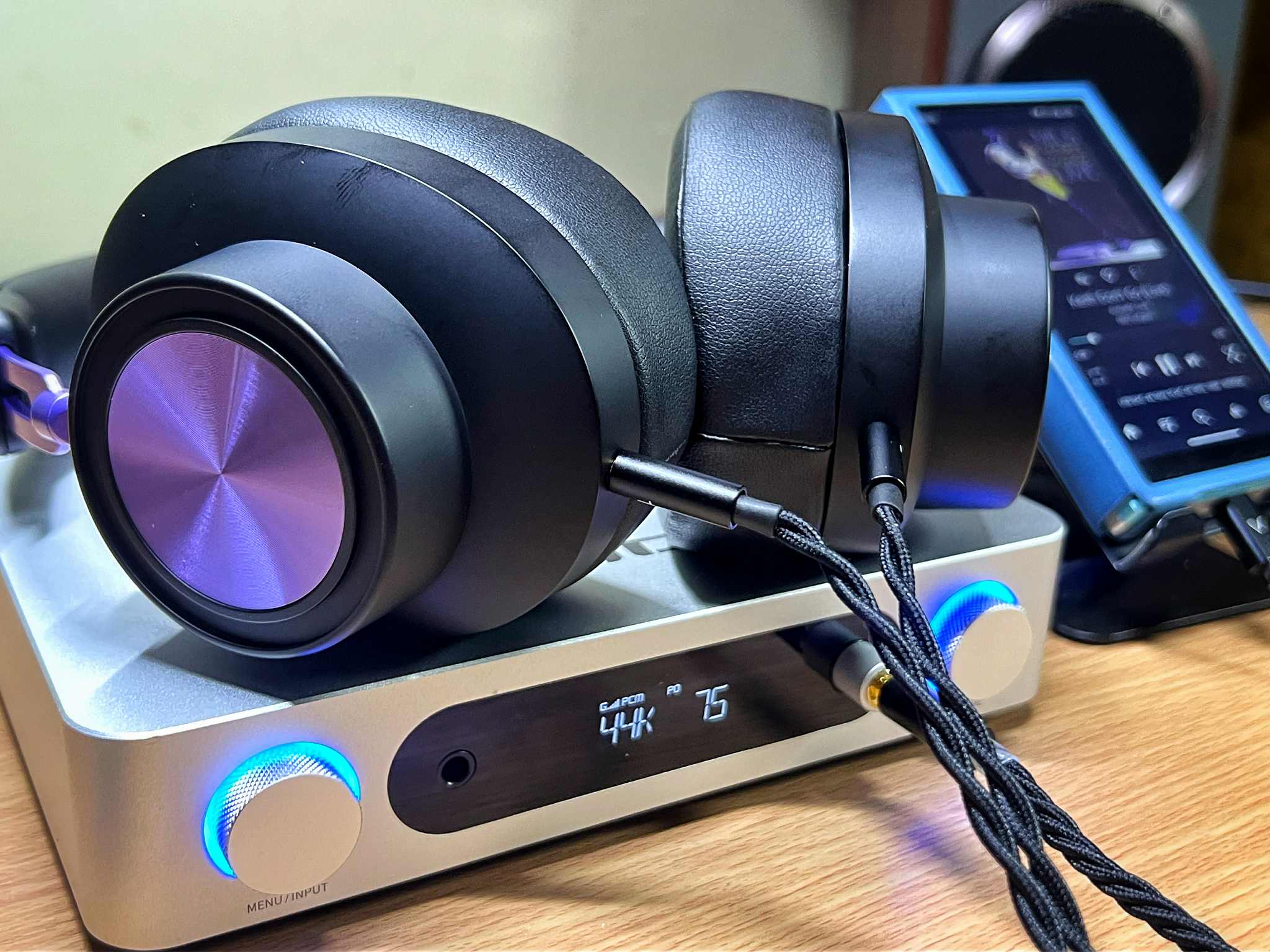
Let’s just get this out of the way the Kiwi Ears x Z Reviews Serene might be the least “serene” headphone I’ve ever heard. The name makes you think of something calm, smooth, and relaxing, but the moment you hit play, it hits back. Hard

The first thing that jumps out isn’t detail or air or staging it’s the bass, and it comes at you like it’s got something to prove. Big, thick, meaty bass that slaps with authority but still keeps its composure. It’s fast, tight, and physical. The kind of bass that makes you grin the moment it hits, because you can feel it as much as you can hear it. I’m not exaggerating when I say that on certain tracks, the cups actually vibrate against my head. It’s not distortion, it’s just that much movement.
What’s wild is how it manages to deliver this kind of low-end weight while keeping that classic planar behavior speed, precision, and control. There’s no sluggish bloom or loose midbass. It hits clean, stops clean, and makes you want to replay the same track just to feel it again.
I honestly didn’t expect this kind of low-end authority from a planar driver, Most planars I’ve used especially the open designs lean toward that clean, airy, “audiophile” balance. The Serene doesn’t play that game. It’s not here to sound neutral or reference-tuned; it’s here to have fun, to shake your skull a bit, and still remind you that it’s a planar under the hood.
It’s the kind of bass that feels naturally voiced for real-world listening, not just for hitting measurement targets. It’s punchy when it needs impact, rumbly when the track calls for it, and stays perfectly controlled from start to finish. You get the satisfying slam and depth of a dynamic driver, combined with the lightning-fast transients and precision that only a planar can deliver.
The low-end performance is honestly addictive it’s that perfect mix of physical impact and technical finesse. You get all the body, warmth, and texture, yet it never loses clarity. It’s fun, it’s bold, and it sets the tone for what the rest of the headphone is about: planar precision meets raw musical energy.
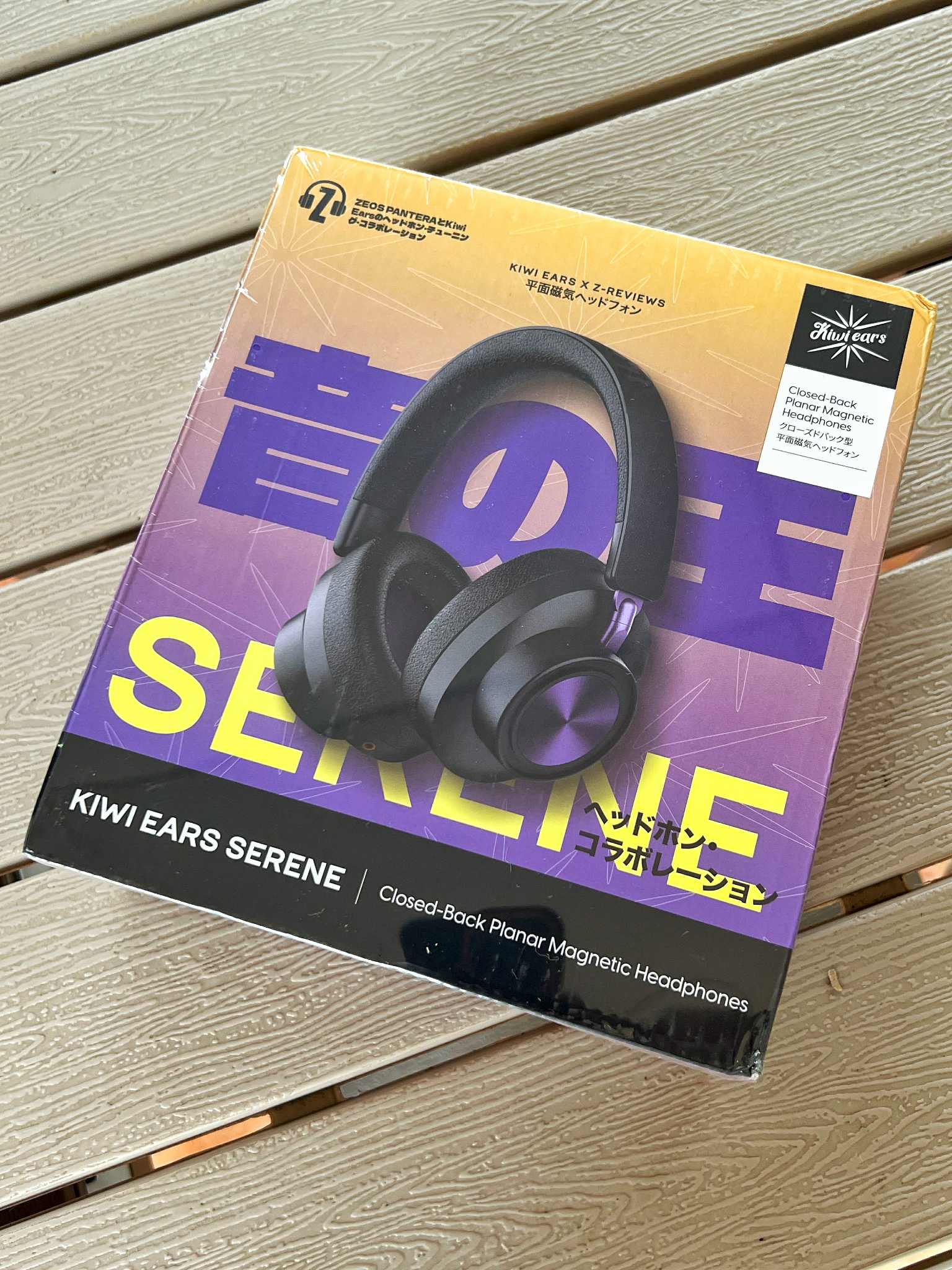
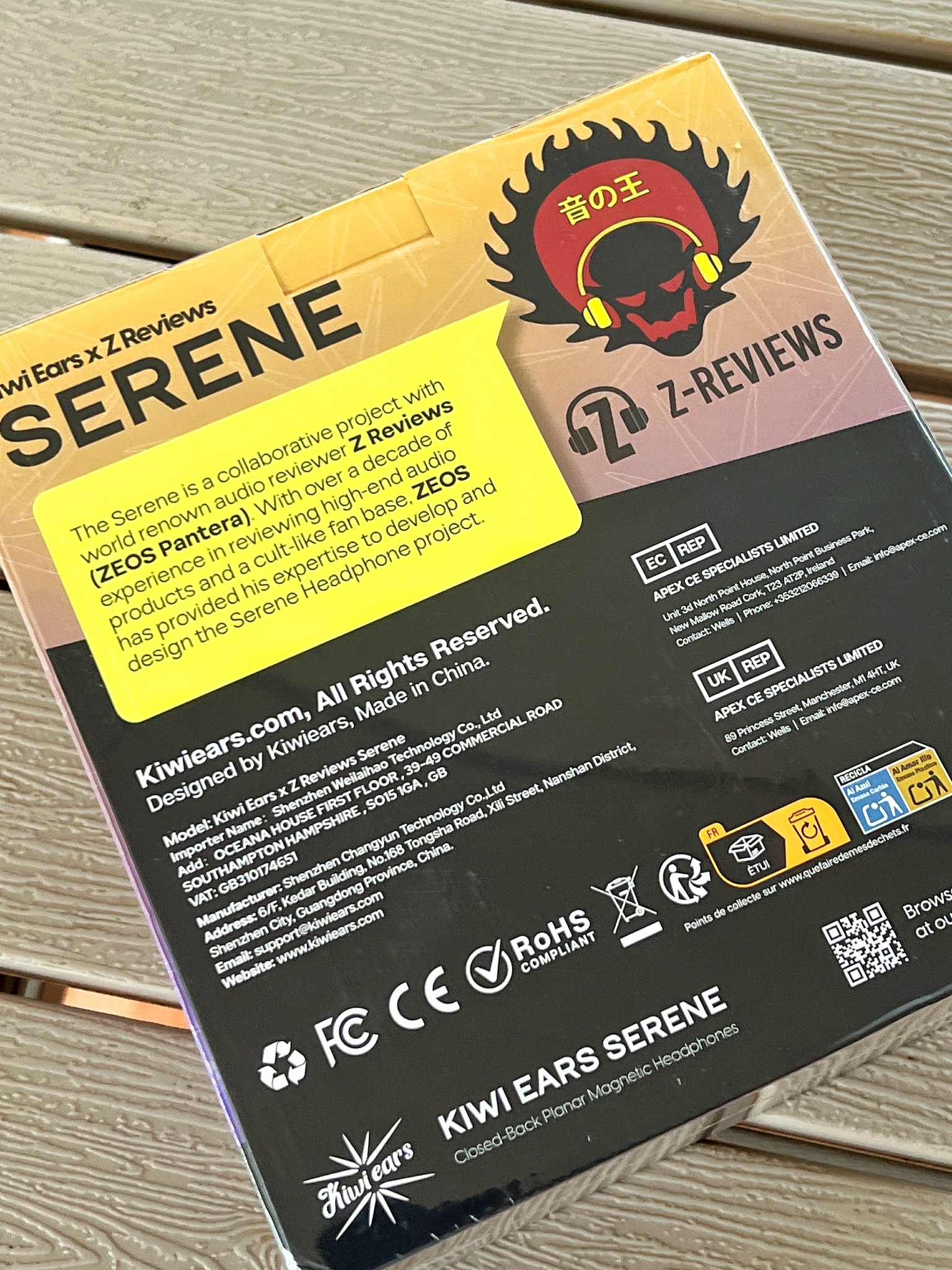

Whats inside the box? checkout my short unboxing video of the Serene.
Build and Design
The Serene is a collaboration between Kiwi Ears and Zeos Pantera (Z Reviews), and it shows in the tuning choices fun, energetic, and unapologetically musical. The build quality is solid. The cups are made from a plastic polymer mixed with aluminum, keeping them lightweight but sturdy. I actually like the color combo a soft metallic purple and matte black that looks stylish.
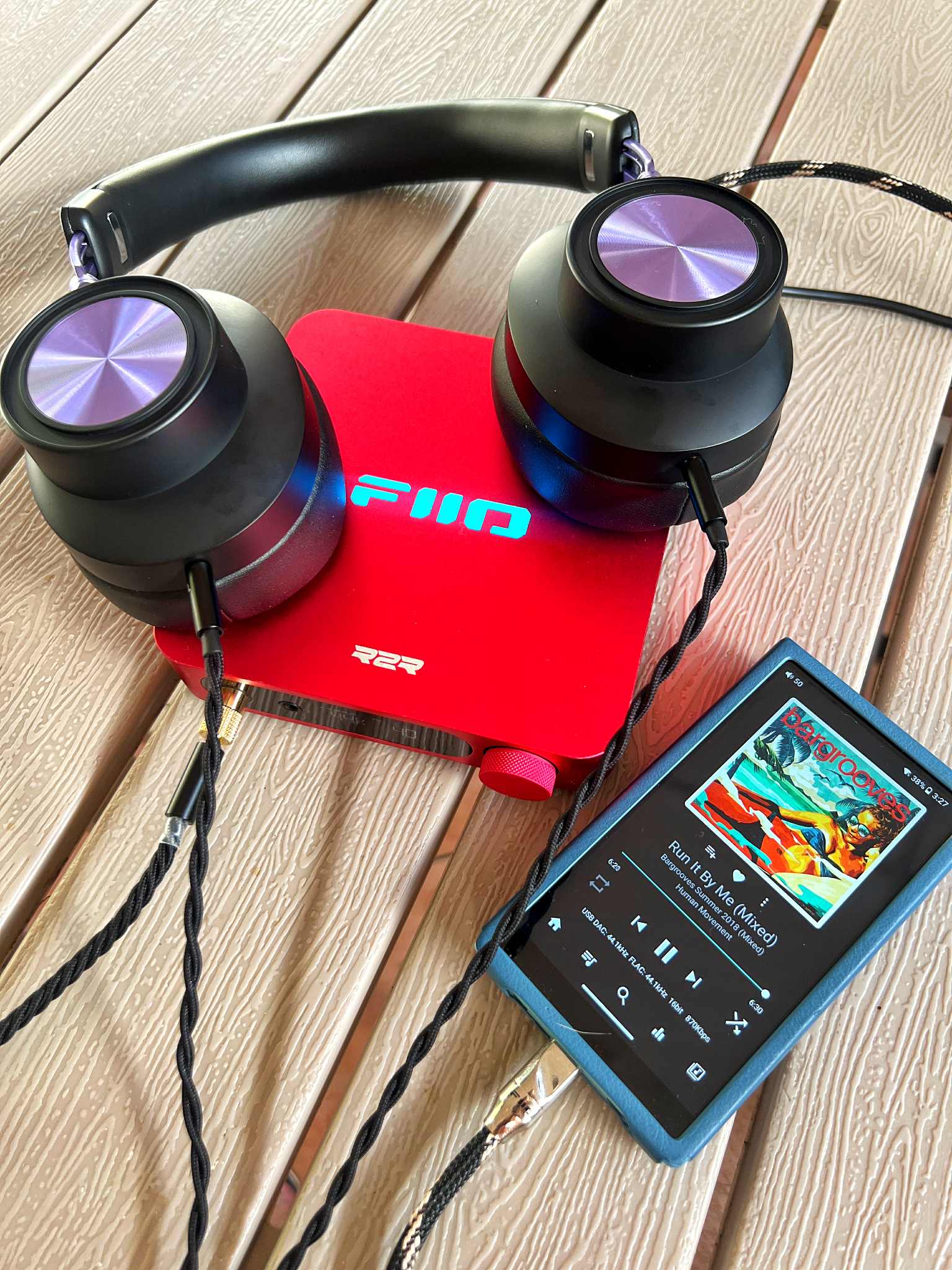
The cups don’t swivel vertically, only pivot outward in one direction to contour around your head. It’s not a dealbreaker, but it does create a slight pressure on the lower part of my ears. It’s minor, though overall comfort is still great, and the clamp is just right. I’ve got a fairly large head, and it still sits comfortably without squeezing too much.
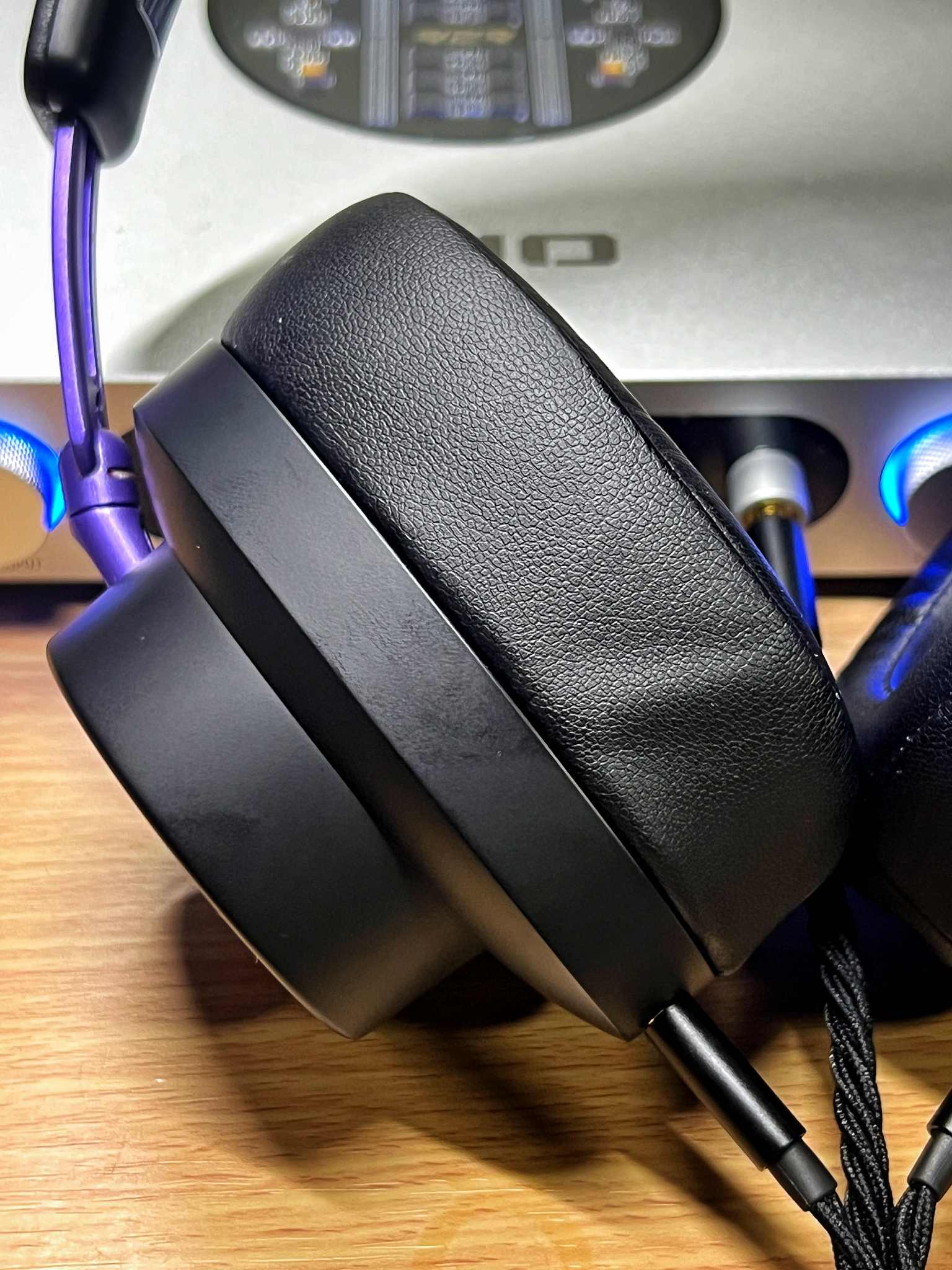
The earcup space measures about 6cm x 4cm just enough for my ears, though I do wish they were a bit roomier. The pads are thick (around 6.3cm pads and cups), which helps seal well. Isolation is surprisingly excellent for a planar easily blocks out around 90% of ambient noise.
The stock cable feels average. It’s braided fabric probably cotton with zero microphonics. Kiwi Ears didn’t list the material, but it looks and feels like silver-plated copper or pure copper. i am not a "cable believer" but i did notice an improvement in sound and dynamics when i change the stock cable with the Openheart cables even the stock cables from the fosi i5.

Under the Hood
Inside the Serene sits a custom 72mm x 89mm planar magnetic driver an interesting size choice for a closed-back headphone. That alone already tells you this is not your typical planar. Kiwi Ears didn’t just drop in a generic driver; this one was purpose-built for the Serene’s design and Zeos tuning goals.
Planar drivers work differently from dynamics rather than using a cone or dome that moves air from a single point, planars use a thin diaphragm with conductive traces spread evenly across the surface. This diaphragm sits between magnetic arrays that move it in perfect uniformity. The benefit? Ultra-fast transient response, extremely low distortion, and pinpoint control over every movement of the diaphragm.
Closing off a planar design is not easy. Open-back planars naturally let the rear wave escape, which keeps the sound open and clean. Seal that off, and you risk reflections bouncing around inside the cups, causing phase issues, smearing, and that hollow “metallic” sound some closed planars struggle with.
To counter this, Kiwi Ears developed what they call a proprietary refractory filter. In simpler terms, it’s an acoustic solution built to absorb and diffuse those rear-wave reflections before they interfere with the diaphragm. Think of it as an internal acoustic treatment that tames resonance while keeping the energy and speed intact.
The result is surprisingly refined. You get that trademark planar clarity and lightning-fast response, but without the unnatural edge or artificial brightness that can creep in with poorly damped designs. The Serene manages to stay clean, natural, and cohesive from top to bottom even while pumping out that monster low-end.
So while the driver is big and capable of serious physical impact, it’s not just brute force it’s controlled. Every note has a sense of precision and depth that feels deliberate. The Serene proves that a closed-back planar can be both fun and technically impressive, and a lot of that comes down to the engineering behind that unique driver and filter system.
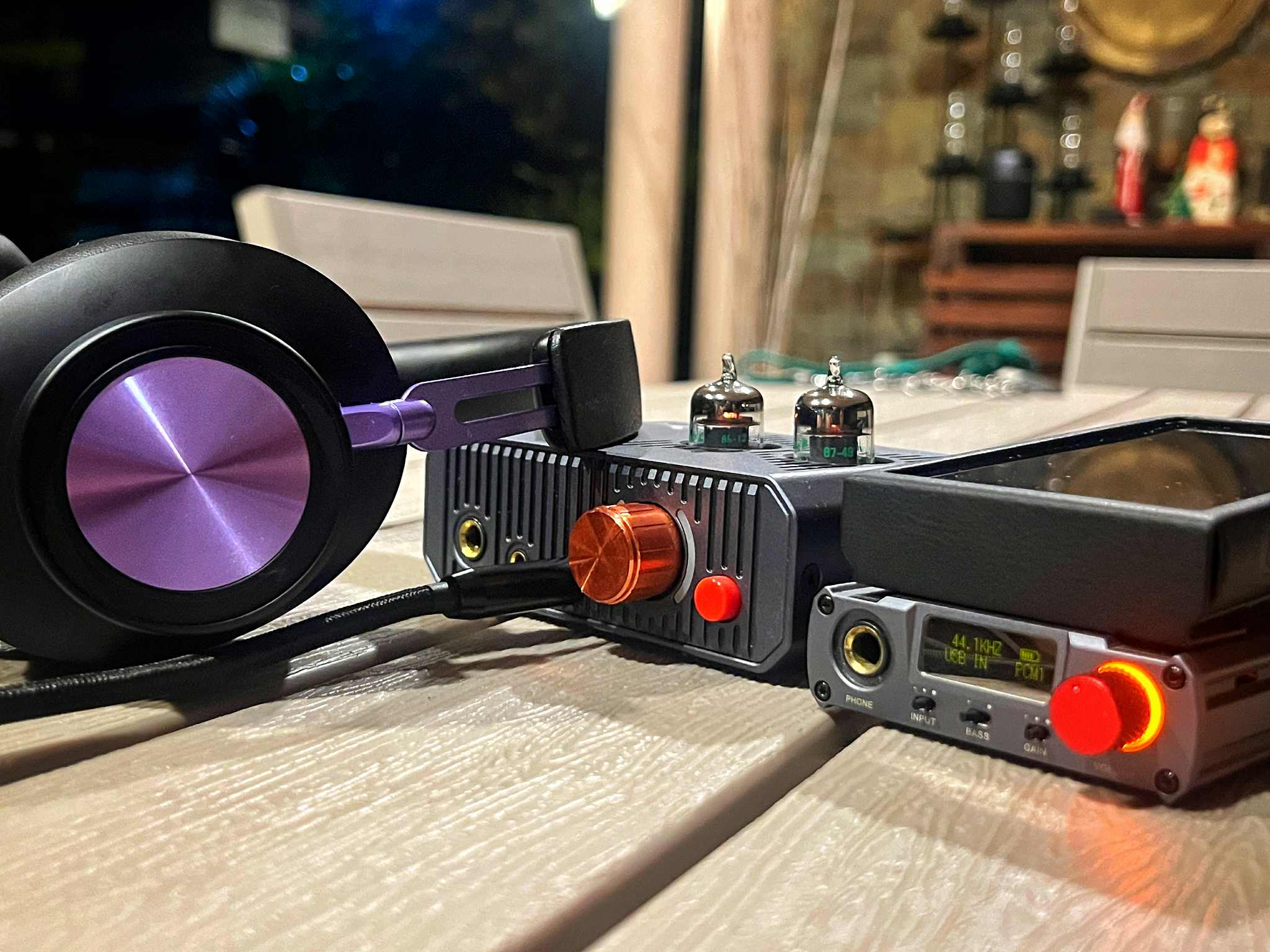
Sound Impressions
All my planar headphones are open-back, so I’m used to that airy, spacious presentation the kind that leans neutral with a tight and disciplined low end. That’s kind of the planar “default” sound to me. So when I first listened to the Kiwi Ears x Z Serene, I was honestly caught off guard. This thing hits differently. It’s got that unmistakable planar clarity and speed, but with a surprising dose of musicality and low-end punch.
The Serene delivers a satisfying slam that you just don’t usually get from planars at this size. It feels more like a planar IEM than a traditional planar headphone imagine something like a bassier, more dynamic take on the Hidizs MP145. There’s real weight behind the notes, yet it stays clean and fast.
What also impressed me is how well the Serene scales with power. The more juice you give it, the more it opens up. Feed it a proper amp and it rewards you with tighter bass control, snappier dynamics, and livelier treble energy. It’s one of those IEMs that feels like it grows in confidence as you push it harder.
The soundstage leans more toward depth than width, giving that sense of a forward tunnel rather than a wide room. Vocals can sound slightly set back on some tracks, but not in a way that feels recessed it’s just part of how the stage is layered. Because of that, I often find myself turning the volume up a bit more, and when I do, everything just clicks the bass digs deeper, the mids breathe, and the treble sparkles naturally.
Bass
This is hands down the most addictive part of the Serene (Planar Bass) it’s the kind of bass that hooks you from the first track and keeps you coming back for more. The low-end here is deep, commanding, and full of physical presence, but it never crosses into bloat or pillowy. It hits hard with real authority, yet stays tight, controlled, and textured all the way through.
You can feel the subbass reach down low, delivering that chesty rumble that gives kick drums and electronic basslines a satisfying physicality. It extends effortlessly, with a kind of smooth, pressurized depth you rarely get from planar headphones. Then there’s the midbass, which adds a little warmth and fullness without bleeding into the mids. It gives bass guitars and lower male vocals a rich, natural body, and makes the overall tonality sound grounded and musical rather than clinical.
What i also like is how the Serene balances power and precision. Every hit lands with solid impact, but the decay is fast typical planar behavior. You get that quick snap, that instant recovery, so even complex bass passages sound clean and articulate instead of congested. It has the slam and rumble of a dynamic driver but pairs it with that planar speed and finesse that makes every transient sound tight and intentional.
There’s also a certain refinement to how it delivers low frequencies. The bass feels dense and textured, with subtle gradations in tone that let you hear not just “boom” but the layers within it, the pluck of a bass string, the air pressure of a kick drum, the growl in a synth note. It’s not just quantity; it’s quality.
If you’ve ever thought planars were too polite in the low end, the Serene will change that. It’s unapologetically full-bodied and fun, yet it keeps its composure no matter how hard it hits. Honestly, if there’s such a thing as a “basshead planar,” this is exactly what that should sound like big, bold, and incredibly addictive, but still clean enough to impress your inner audiophile.
Midrange
The midrange on the Serene is where things start to feel really balanced and mature. It’s lush, smooth, and full of life, giving instruments and vocals a natural, believable tone. There’s no artificial warmth or overly boosted presence just that clean, organic midrange that lets music breathe.
Vocals, in particular, sound realistic and textured, with just the right amount of body. They sit slightly behind the bass and treble, creating a nice sense of space and layering in the mix. It’s not recessed; it’s more like the singer is standing a few steps farther in front of you instead of right in your face. That little bit of distance helps the presentation feel deeper and more dimensional, especially on live tracks or acoustic recordings.
Male vocals come through rich and grounded, with a touch of warmth from the midbass that gives them weight and realism. Female vocals, on the other hand, sound smooth and expressive without any edge or harshness. There’s no hint of shoutiness in the upper mids something that’s easy to mess up, especially on planars. Kiwi Ears clearly and zeos took time here to balance clarity with comfort.
Instruments also benefit from this tuning. Guitars have that satisfying body and resonance; pianos sound natural and full; brass and strings have texture and air without being too sharp. There’s a very organic tonality that makes acoustic tracks shine you can hear the pluck of strings, and the breath in a vocal performance.
What’s nice is that even though the Serene delivers big, bold bass, the mids never get overshadowed. There’s a clean separation that keeps vocals and instruments distinct and well-layered. The overall midrange tonality feels warm-neutral musical enough for casual listening but detailed enough to handle more critical sessions.
It’s one of those mids that invites you to listen longer. Nothing feels forced or overly analytical it’s just natural, smooth, and engaging. For a headphone that hits as hard as the Serene does down low, the midrange control and tonality are impressive.
Treble
The treble on the Serene takes a more laid-back, mature approach It’s smooth, clean, and airy, but it doesn’t try to grab your attention or impress you with excessive sparkle. Instead, it plays it safe in the best way possible balanced, easy on the ears, and fatigue-free even after hours of listening.
There’s still plenty of detail and air, but the top end has a slightly rounded character that keeps things natural and non-fatiguing. Cymbals, hi-hats, and percussive hits sound crisp yet soft around the edges there’s no sharpness, no hiss, and definitely no “planar glare.” You can hear all the shimmer and extension, but it’s smoothened just enough to avoid that brittle or metallic quality that some planars can have.
What’s nice is how well the treble integrates with the rest of the frequency range. It doesn’t sit on top or feel disconnected; it flows naturally from the mids. There’s a subtle airiness that gives vocals and instruments room to breathe, enhancing the sense of space without exaggerating it. This also helps the Serene maintain its cohesive, musical tonality it never sounds clinical or overly analytical.
In tracks with lots of upper-frequency energy like crash-heavy rock or electronic music the Serene keeps everything controlled. You get the shimmer and brilliance you want, but without fatigue creeping in after a few songs. It’s the kind of treble tuning that invites long sessions; you can just relax, get lost in the music, and not worry about your ears tapping out halfway through.
Overall, the treble here feels refined and intentional. It’s not about showing off it’s about delivering a natural, listenable top end that complements the Serene’s bass and midrange warmth. Smooth rather than sparkly, detailed rather than sharp, it’s the kind of treble you appreciate the more you listen.
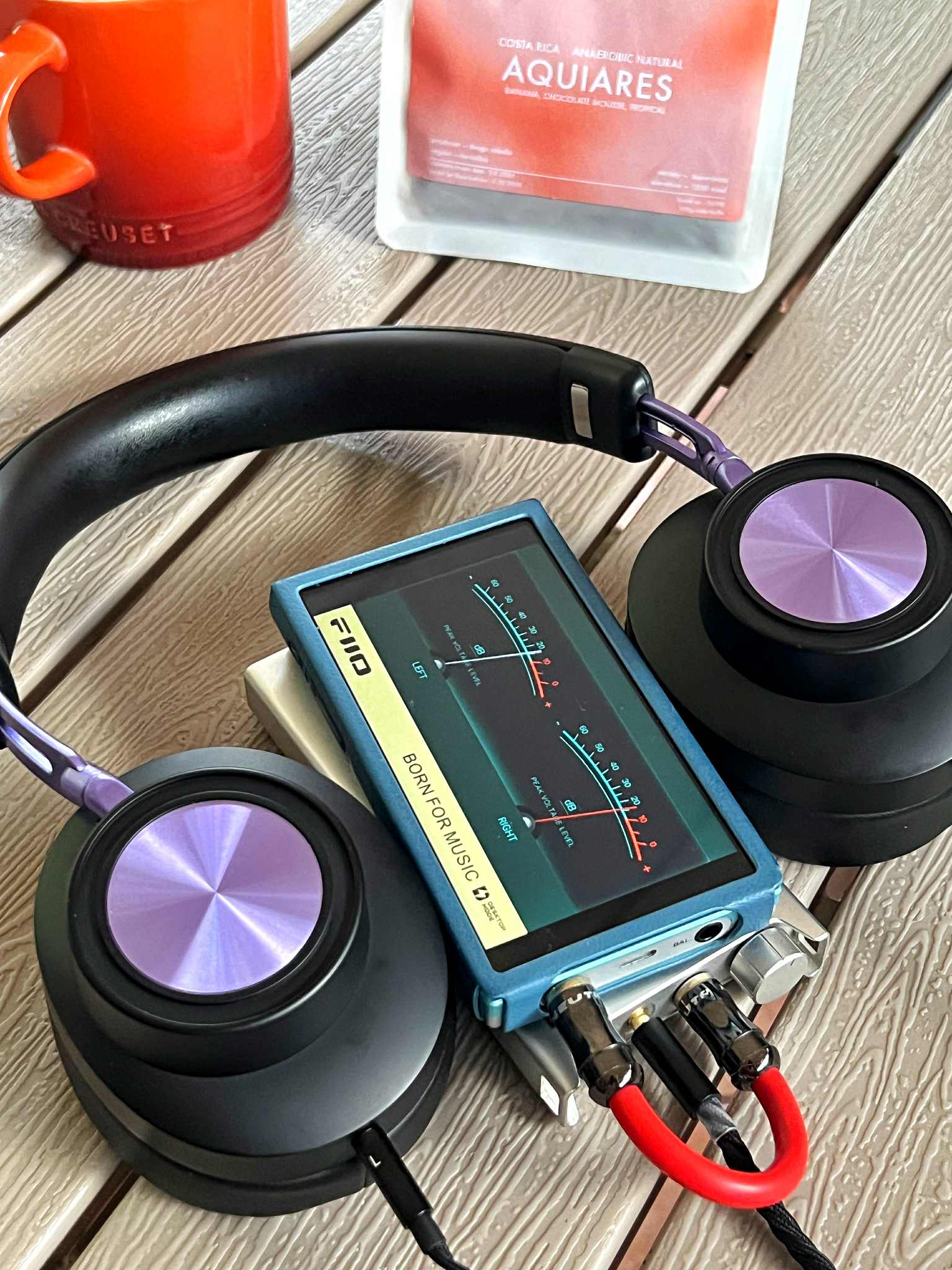
Soundstage and Imaging
Since it’s a closed-back design, don’t expect the wide-open stage of an open planar. But what it lacks in width, it makes up for in depth. The stage feels layered and immersive, with excellent imaging precision. Instrument separation is clear, and positional cues are spot-on. This also makes it surprisingly good for gaming and movies plenty of space and directional accuracy.

Power and Drive
Let’s be honest the Serene isn’t an easy headphone to drive. This thing wants power, and it lets you know it. Plugging it straight into a phone or a basic dongle just won’t cut it. You’ll get sound, sure, but not the sound the Serene doesn’t really wake up until it’s fed with a solid source that can deliver real current.
I tested it with a few setups to see how it scales. With the FiiO K13 R2R, I had to push the volume up to around 70–80 before it shows what it’s truly capable of. Once it hit that sweet spot, everything opened up—the bass tightened and hit harder, the mids gained body, and the treble became livelier without getting harsh. The whole presentation felt more alive and dynamic, like the Serene was finally stretching its legs.
Even with the Fosi i5 with the K13 R2R I couldn’t go past volume 55; past 60 was already too loud for comfort but with Serene on 60-80 it came to life effortlessly, with that big, authoritative sound and a sense of control that weaker sources just can’t match. The bass gained more punch and definition, imaging locked in tighter, and the overall soundstage felt more open and dimensional.
It’s clear this headphone scales with amplification. Give it a proper DAC/amp or a high-powered DAP, and it rewards you with huge dynamics, fast transients, and that trademark planar clarity. Starve it with a weak source, and it’ll sound a bit flat and underwhelming.
So yeah, the Serene isn’t a plug-and-play kind of headphone it’s one that demands a bit of effort, but it pays you back in spades once properly driven. If you’ve got an amp that can deliver clean power, the Serene transforms into a full-bodied, punchy, and seriously engaging headphone. It’s the kind of pairing that makes you nod your head and think, “Alright, now it’s alive.”

Final Thoughts
The Kiwi Ears x Z Reviews Serene is not your typical planar headphone. It doesn’t aim for neutral or reference tuning it’s made for enjoyment. It’s bold, energetic, and unapologetically fun. The bass is the star here, but it doesn’t overshadow the mids or treble. Everything feels cohesive, full, and musical.
What surprised me most is how it blends planar precision with a dynamic’s punch. It’s fast, clean, and textured, but with a weighty low-end that hits you in the chest. If you’ve ever felt that planars can sound too polite or analytical, the Serene will change your mind.
It’s not perfect the cups could be a bit bigger, the swivel mechanism is limited, and it needs real power to shine but those are small trade-offs for what you get sonically.
Overall, this is one of the most fun planar headphones I’ve heard in a while. It’s musical, addicting, and powerful. Kiwi Ears and Zeos absolutely nailed the tuning here. If you love bass and want a planar that hits hard without losing refinement, the Serene delivers big time.
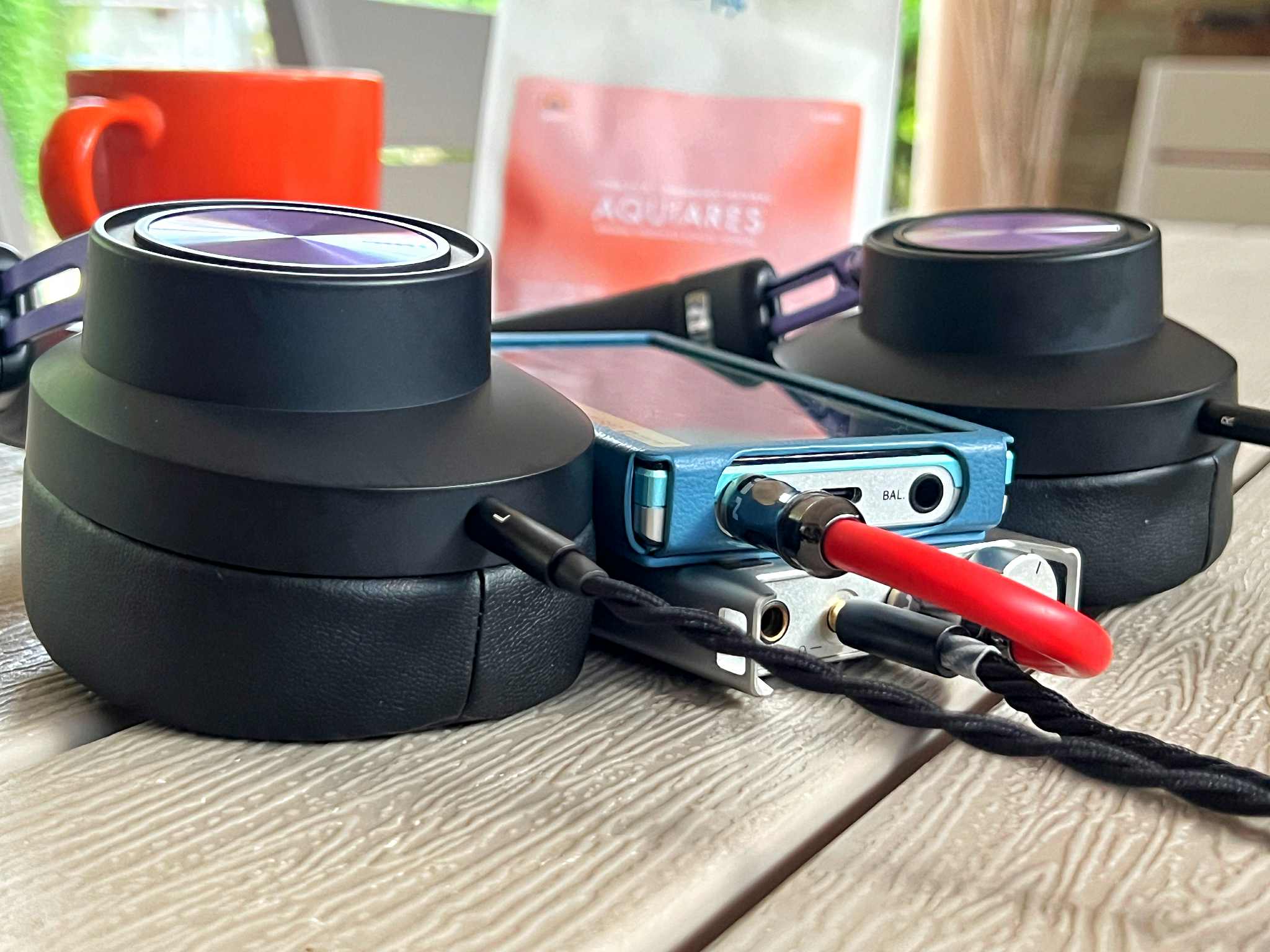
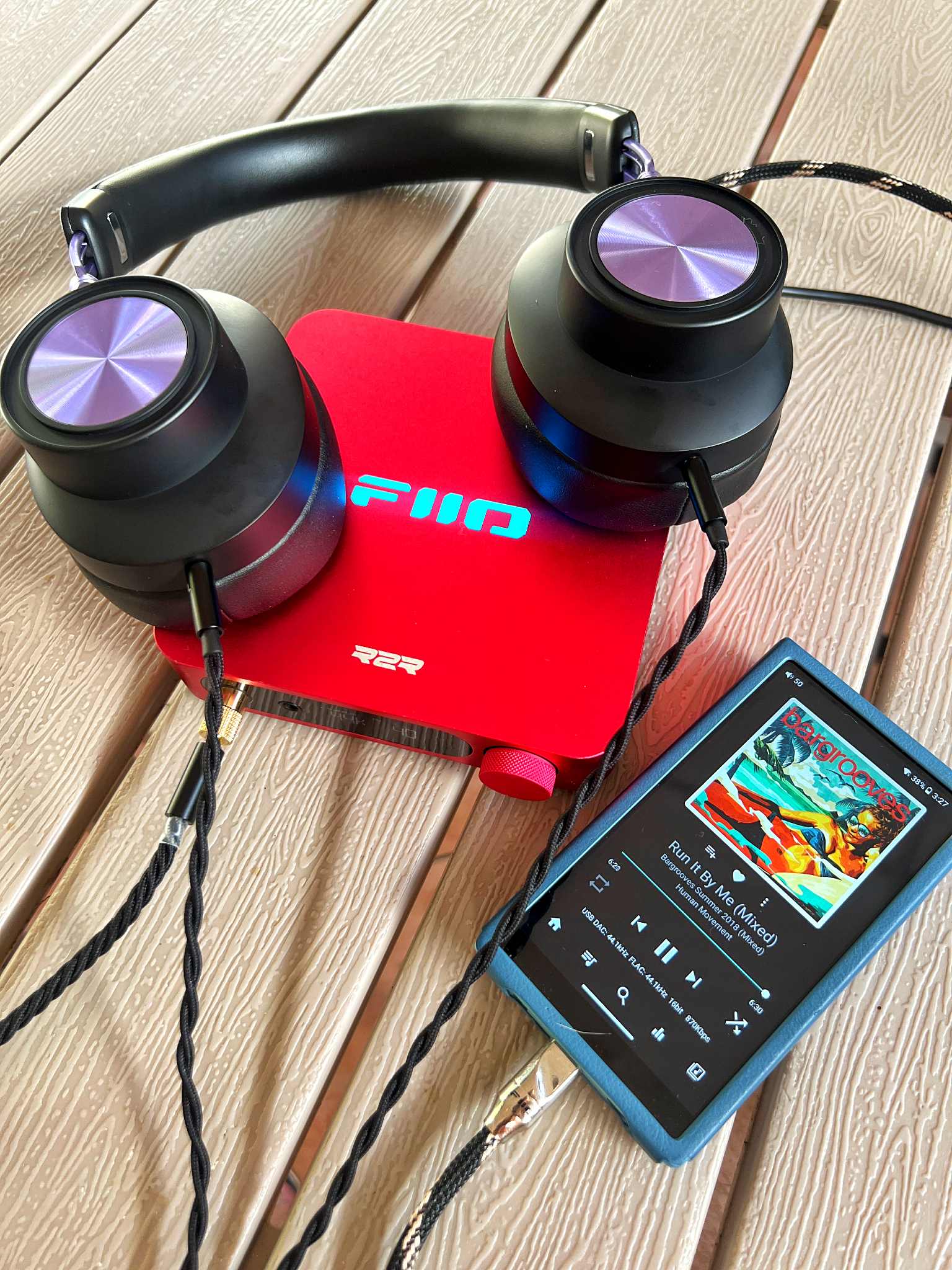
Verdict:
Sound: 9/10 – addictive bass, natural mids, smooth treble
Build & Comfort: 8/10 – solid build, good comfort, slightly small cups
Power Needs: High – best with a proper amp or DAP
Fun Factor: 10/10 – it’s called “Serene,” but it’s anything but calm
It’s a planar that makes you grin every time the beat drops—and that, to me, is exactly what makes it special.
Non Affiliated link: https://www.linsoul.com/products/ki...ene?_pos=2&_psq=kiwi+ears+serene&_ss=e&_v=1.0
- Get link
- X
- Other Apps
- Get link
- X
- Other Apps
Comments
Post a Comment